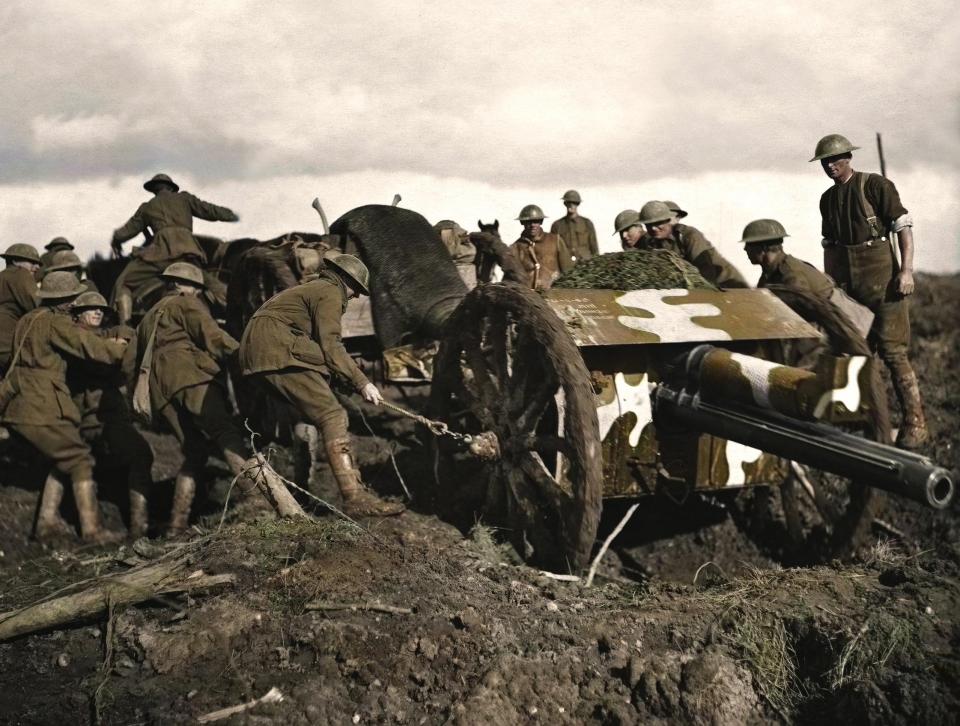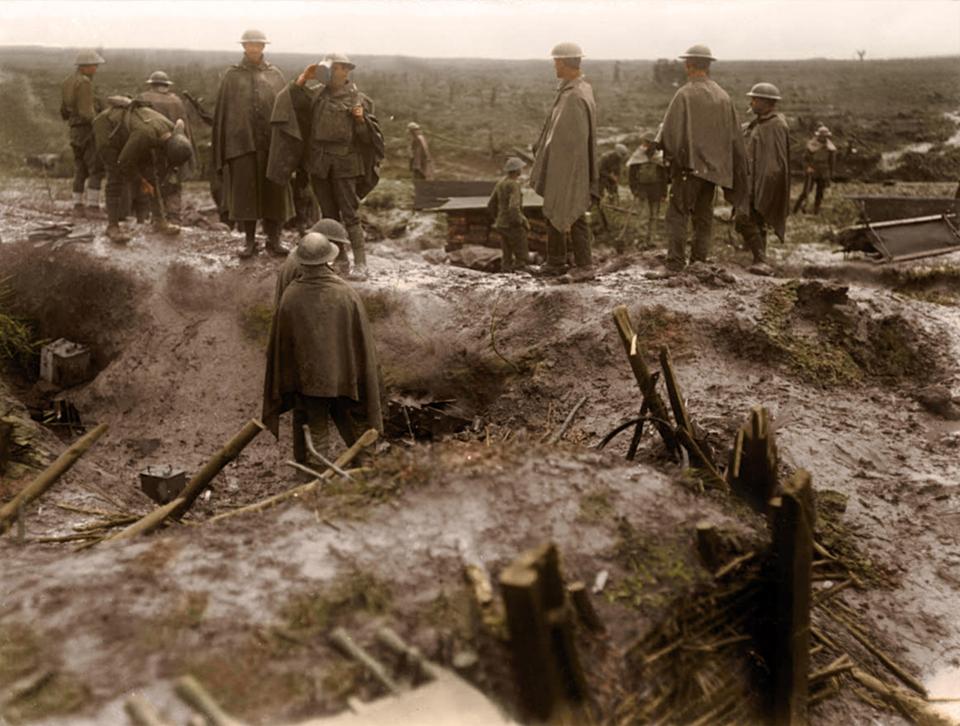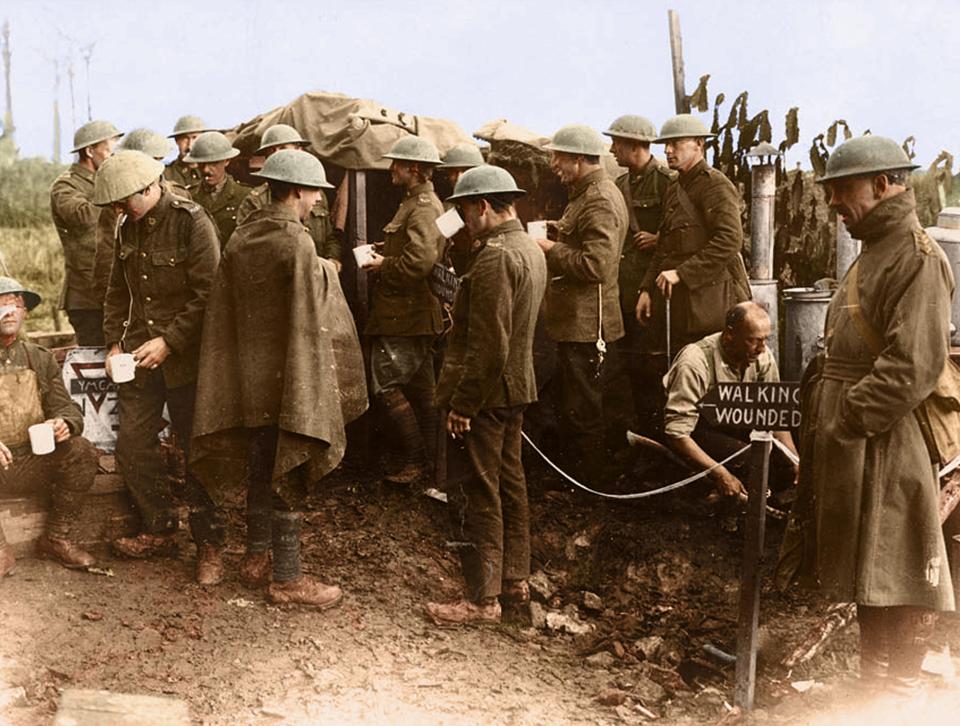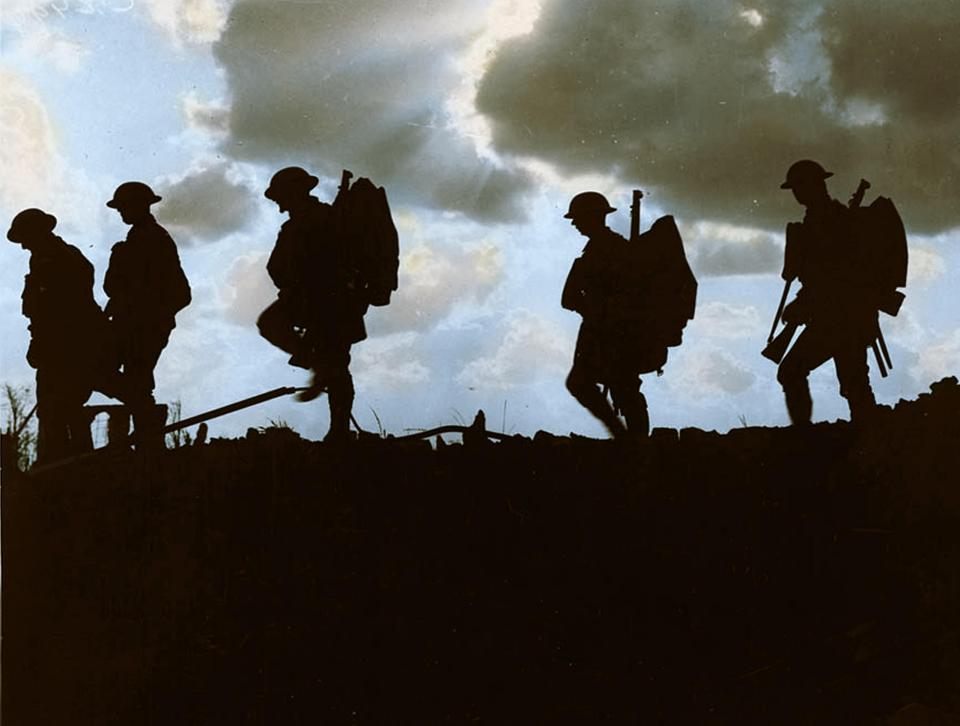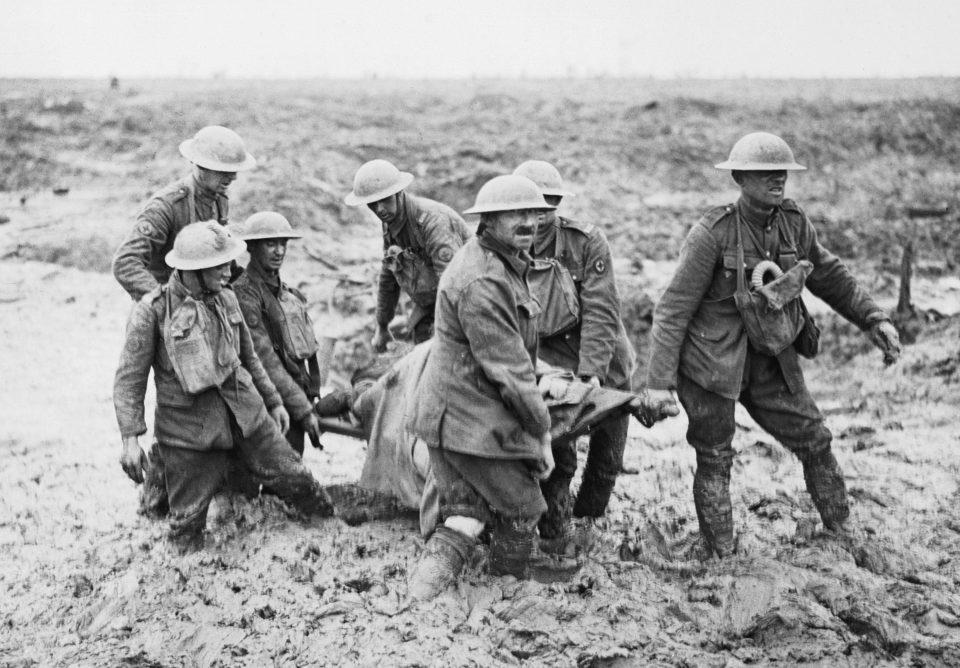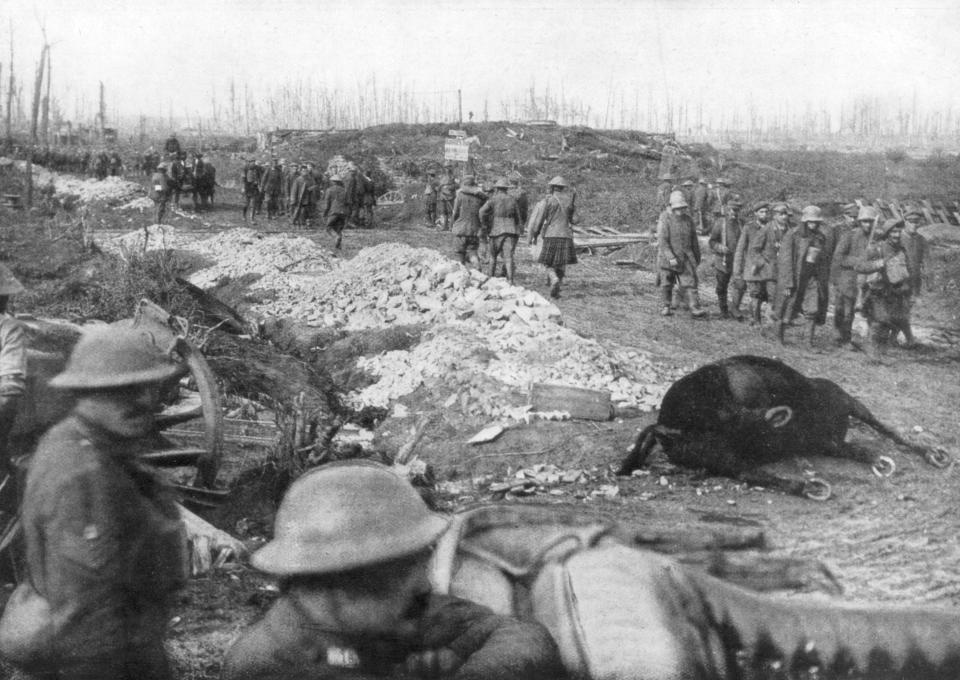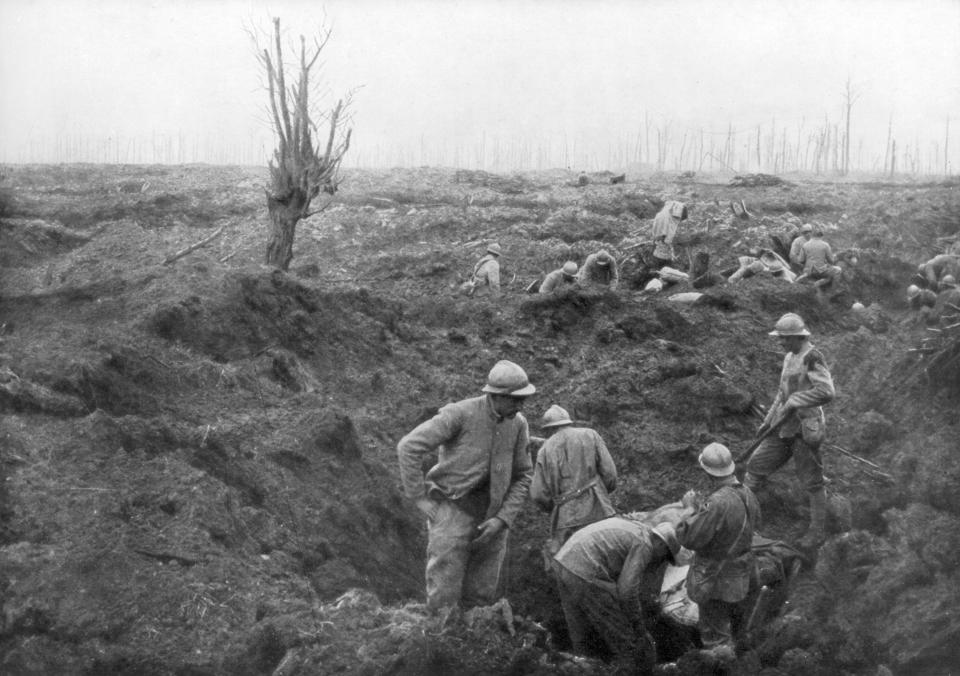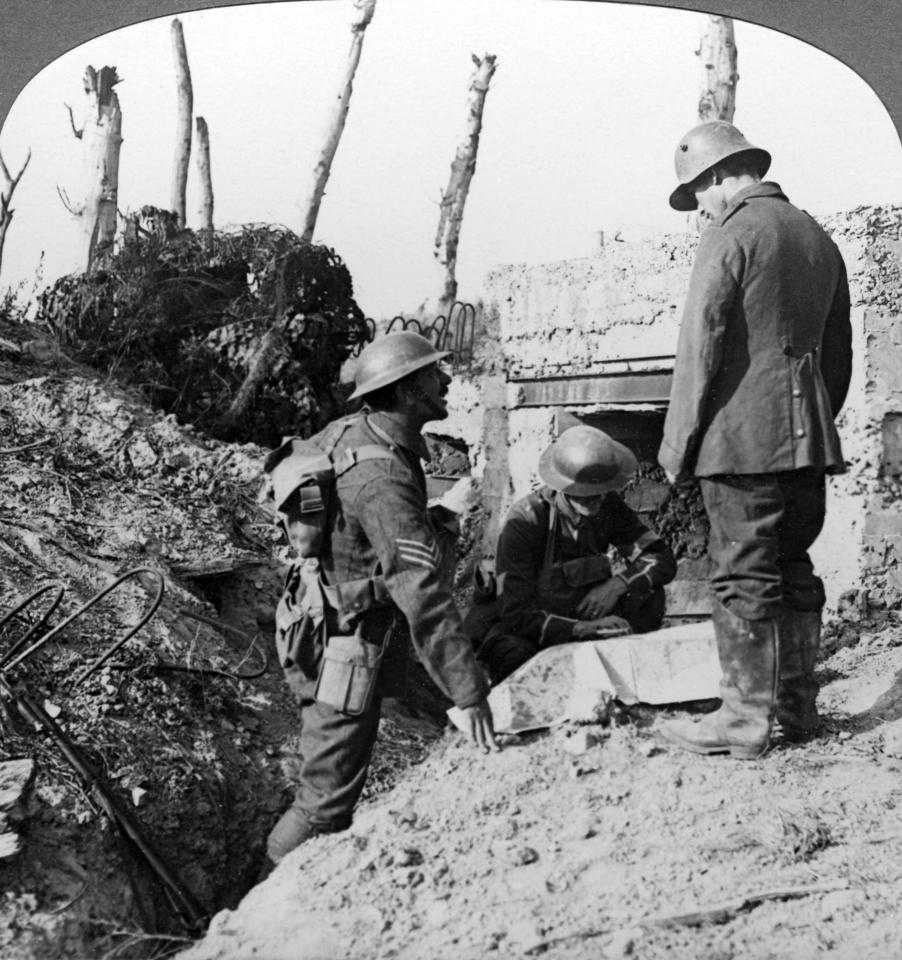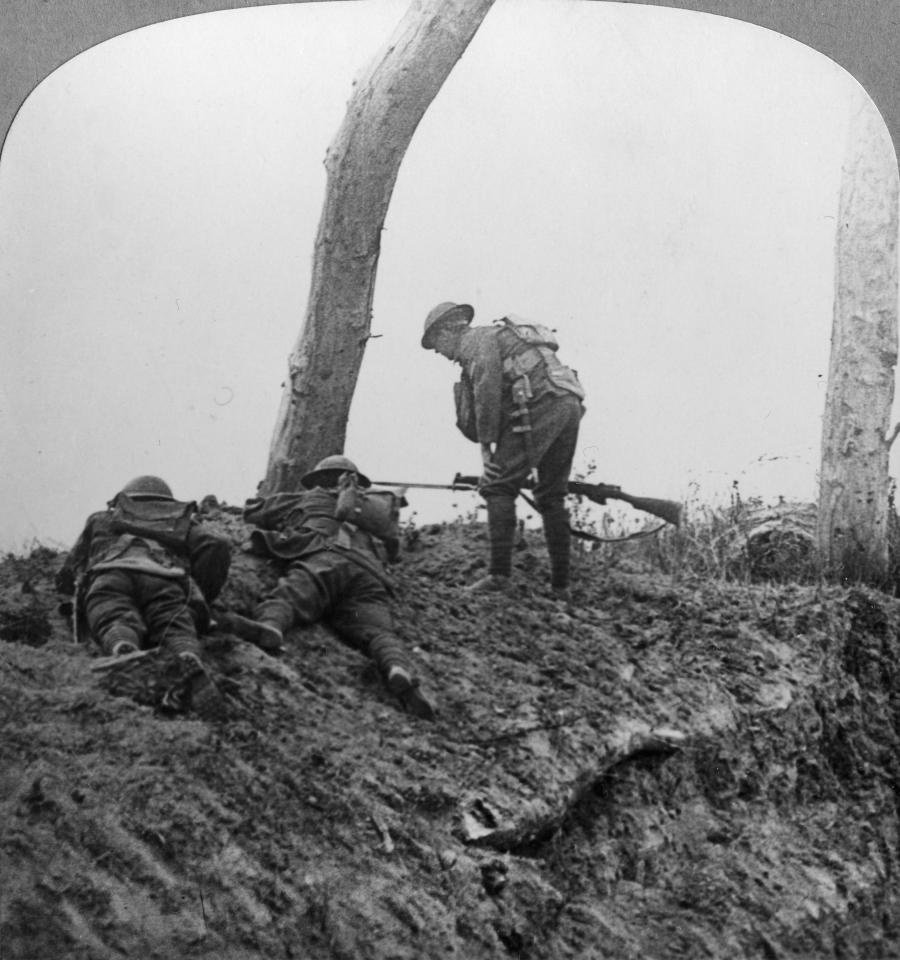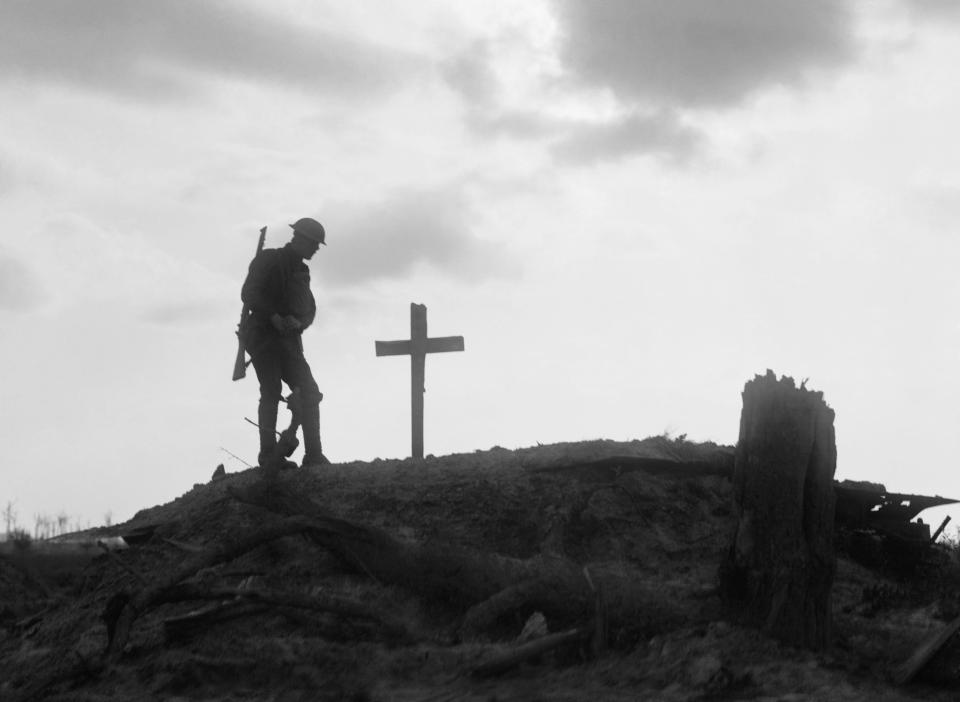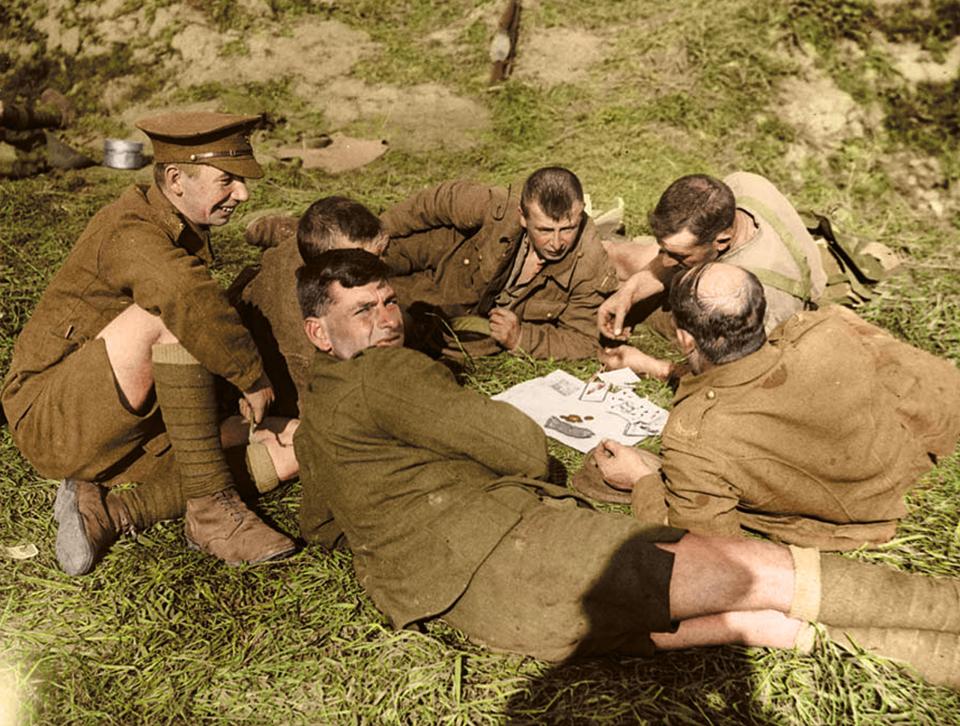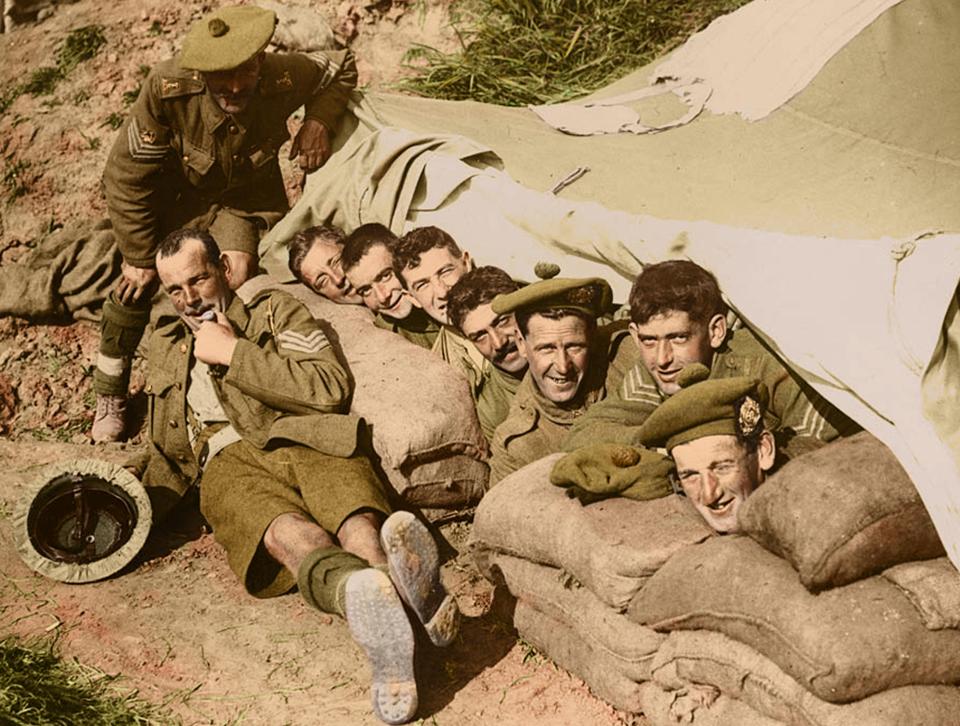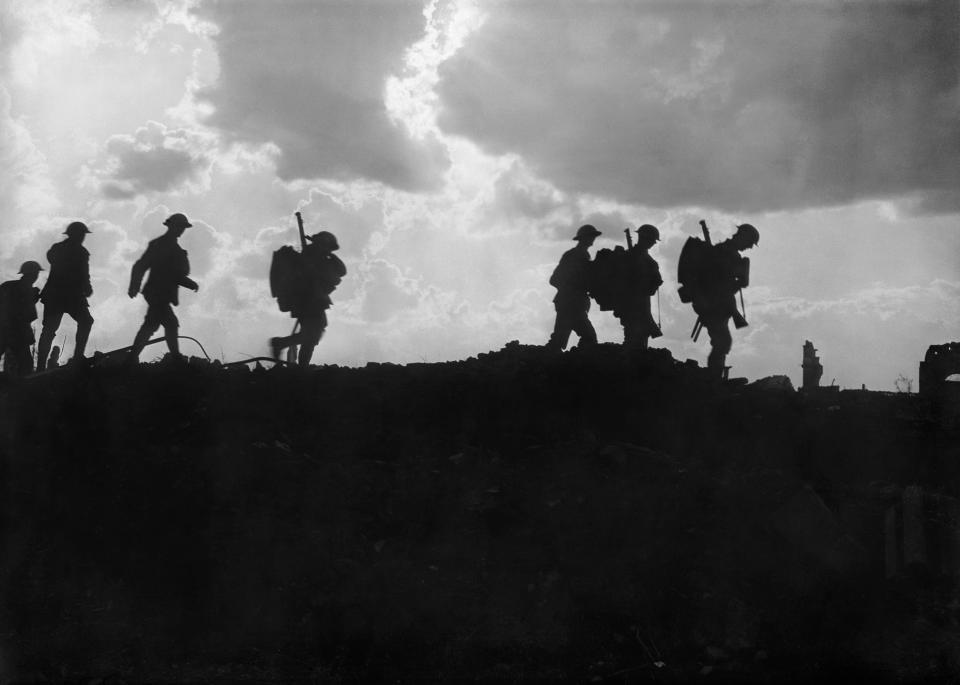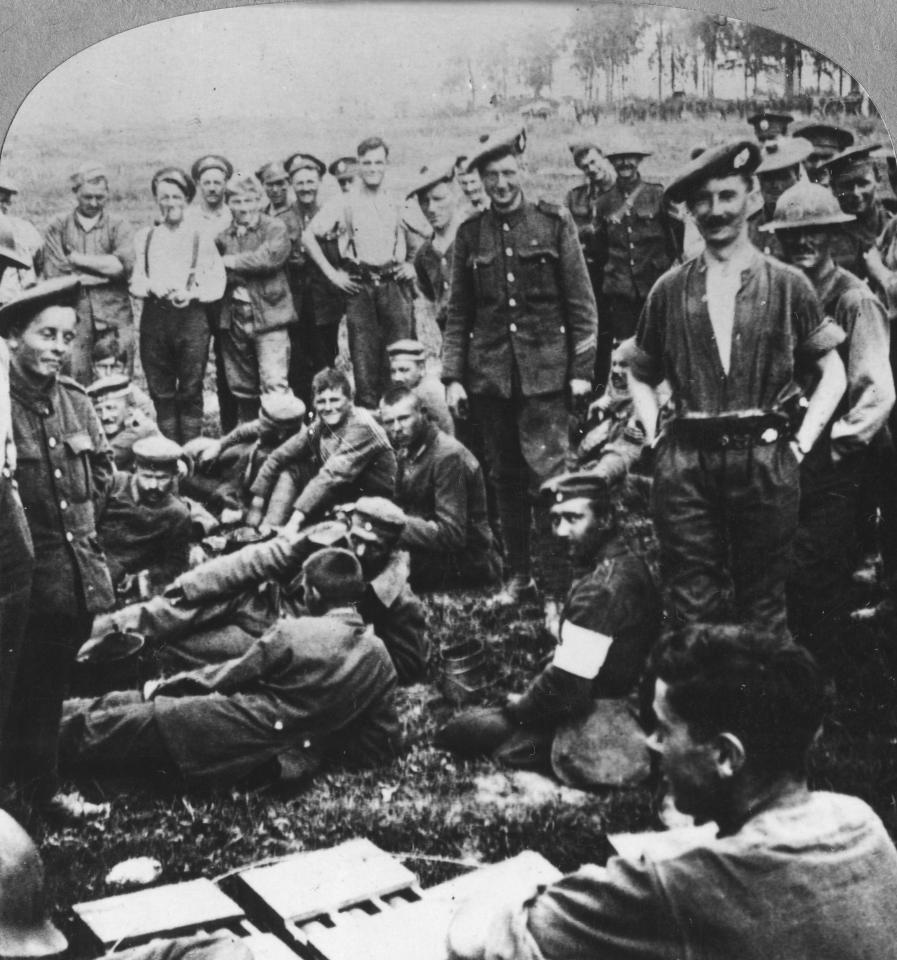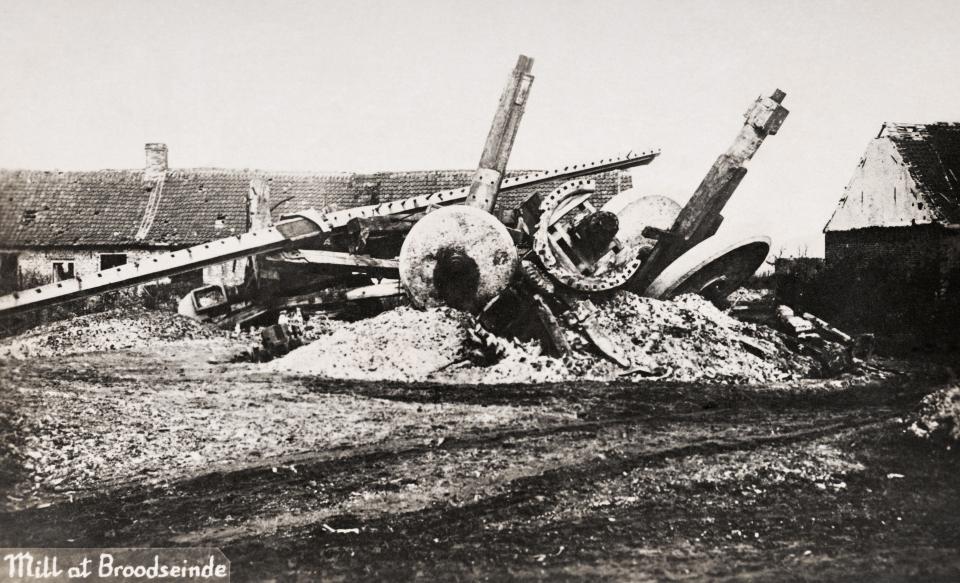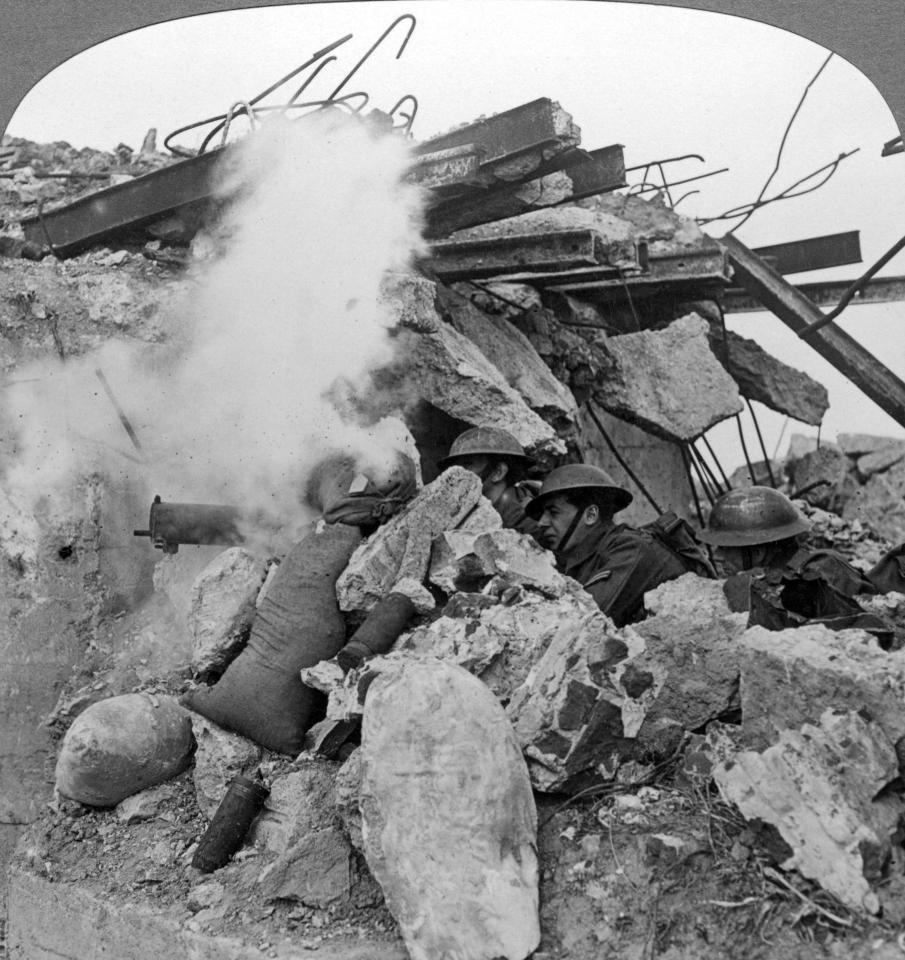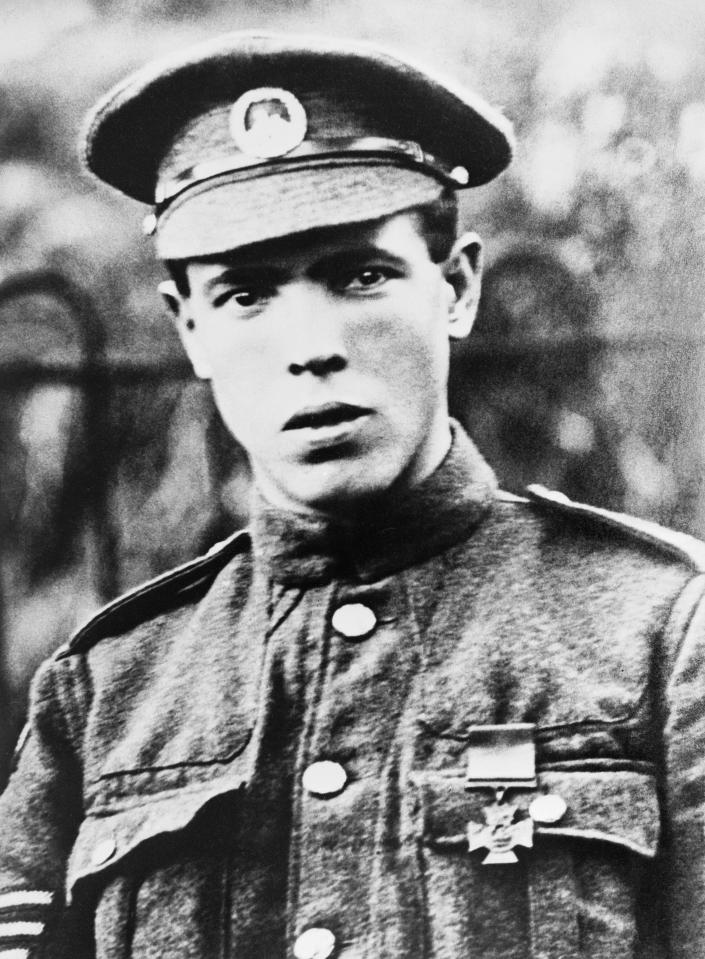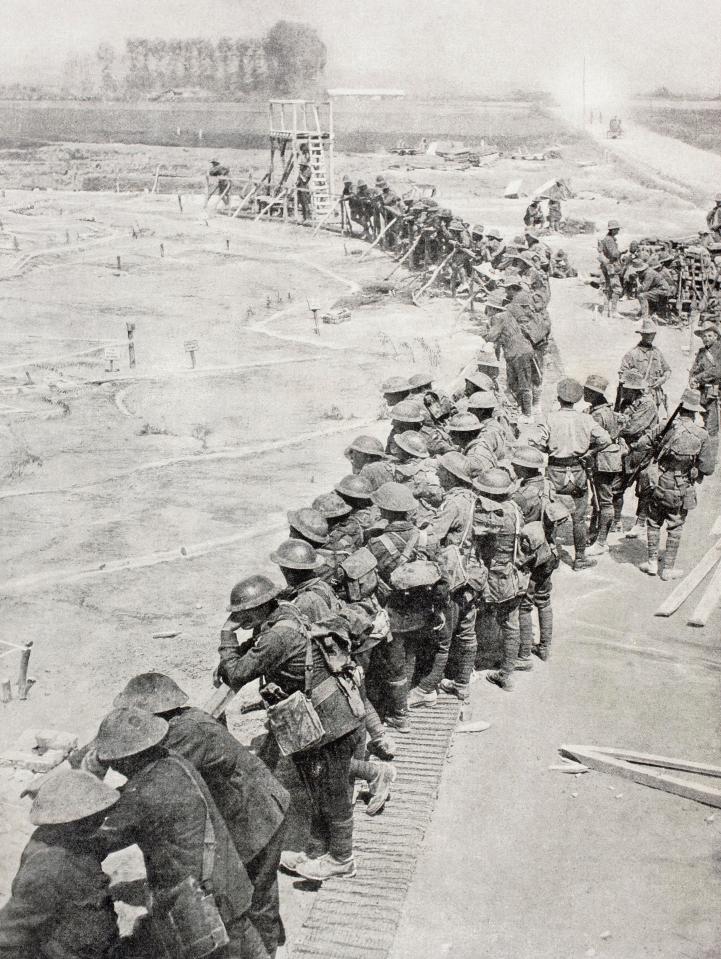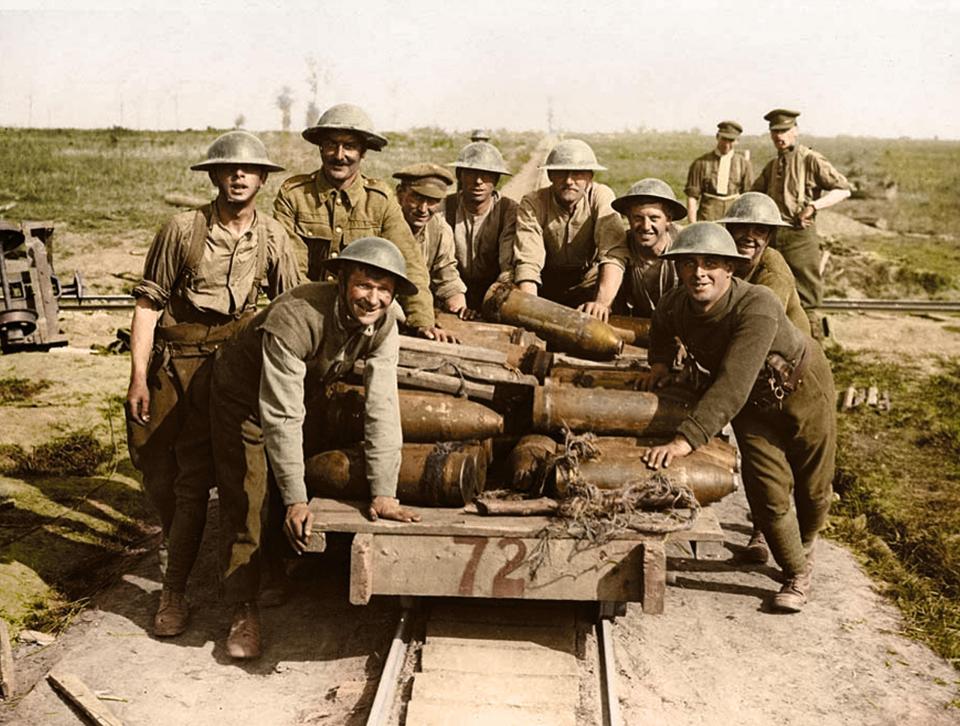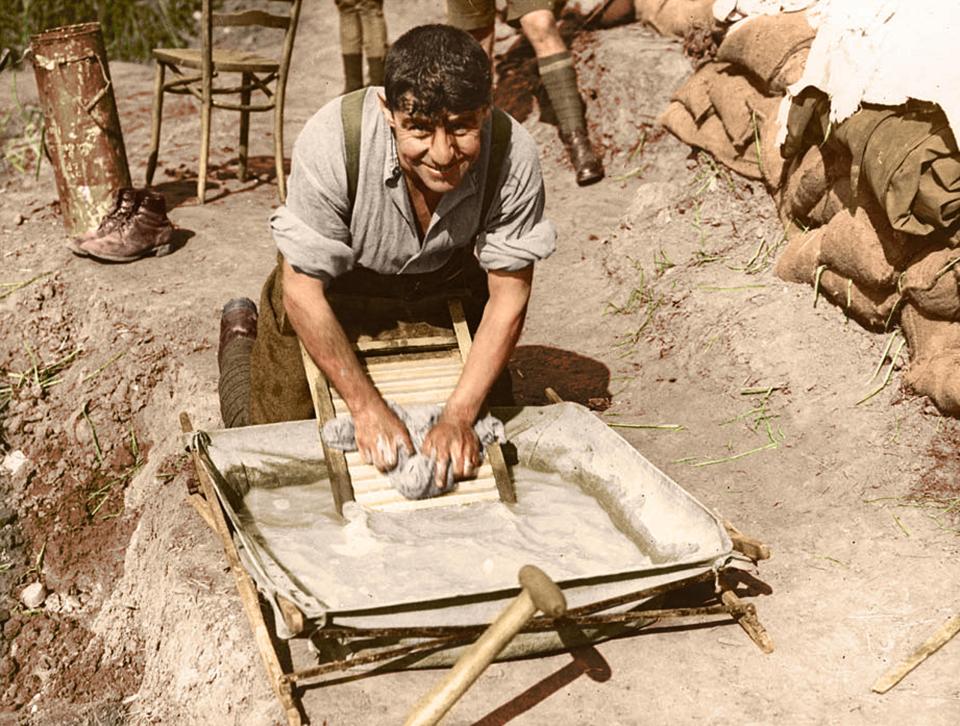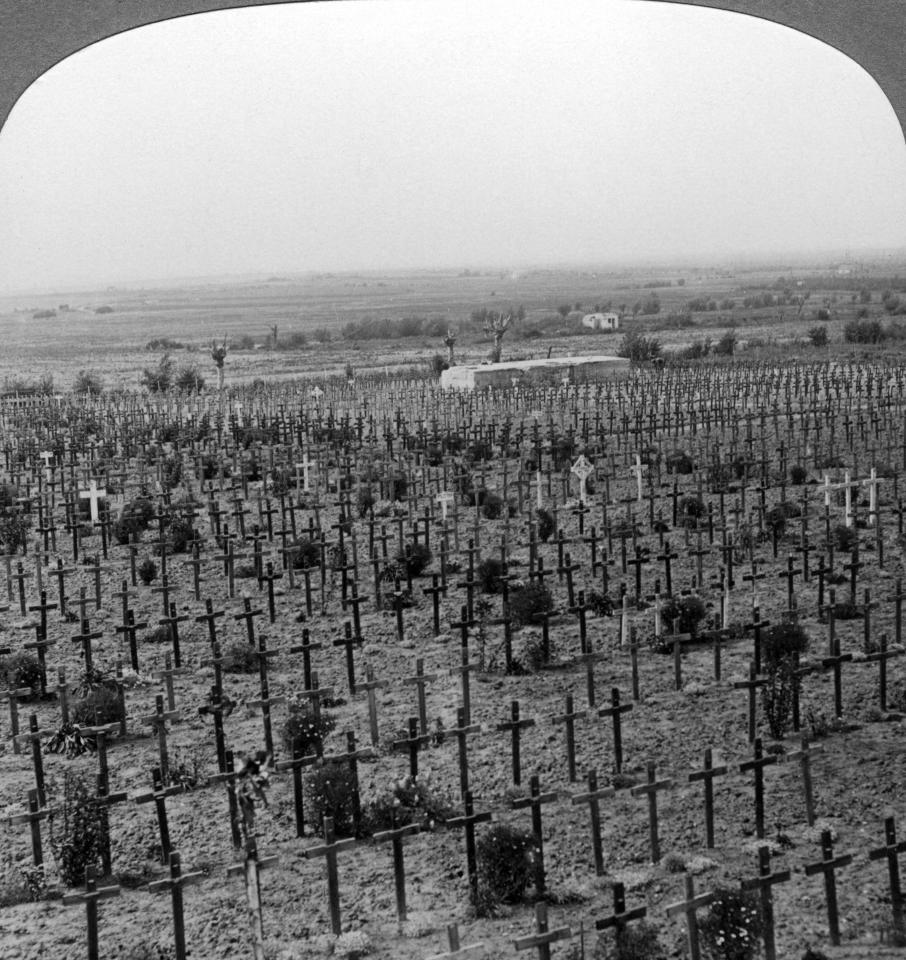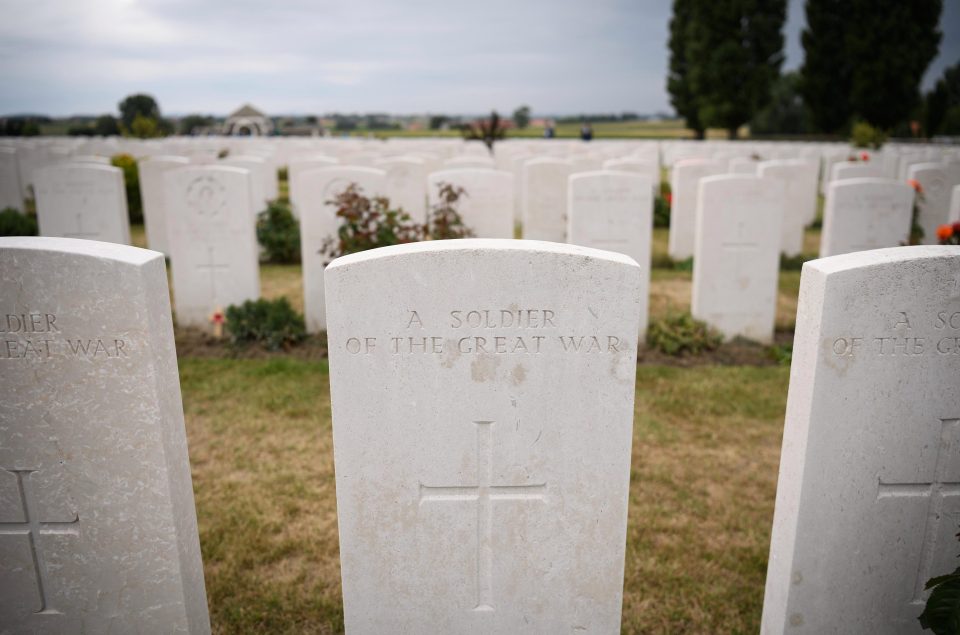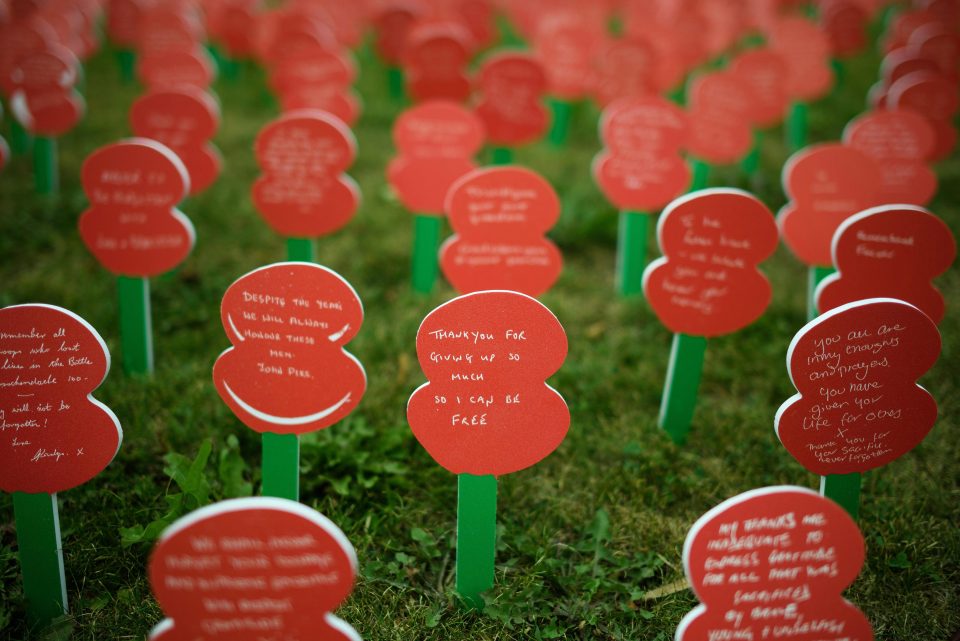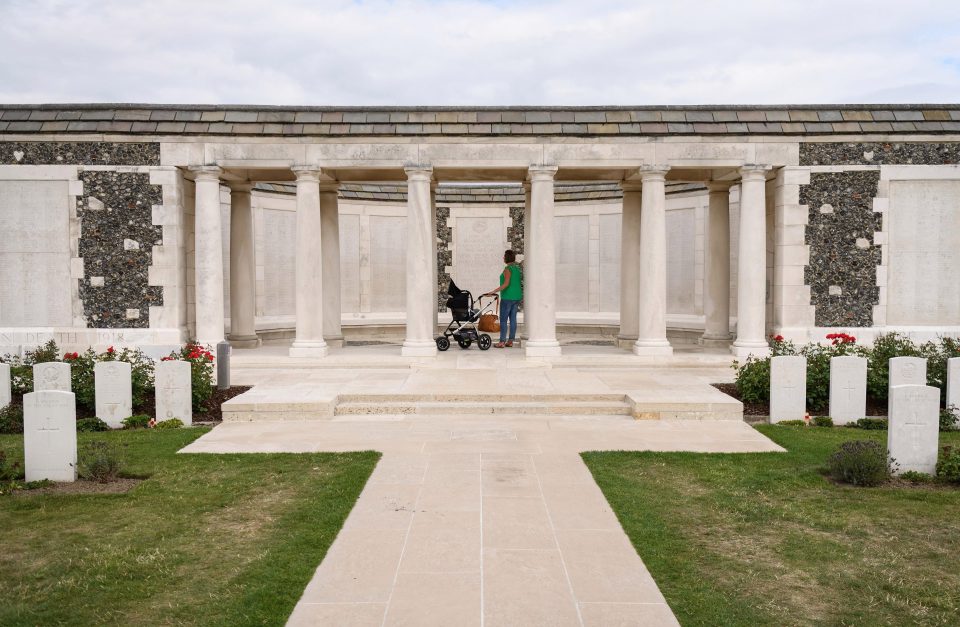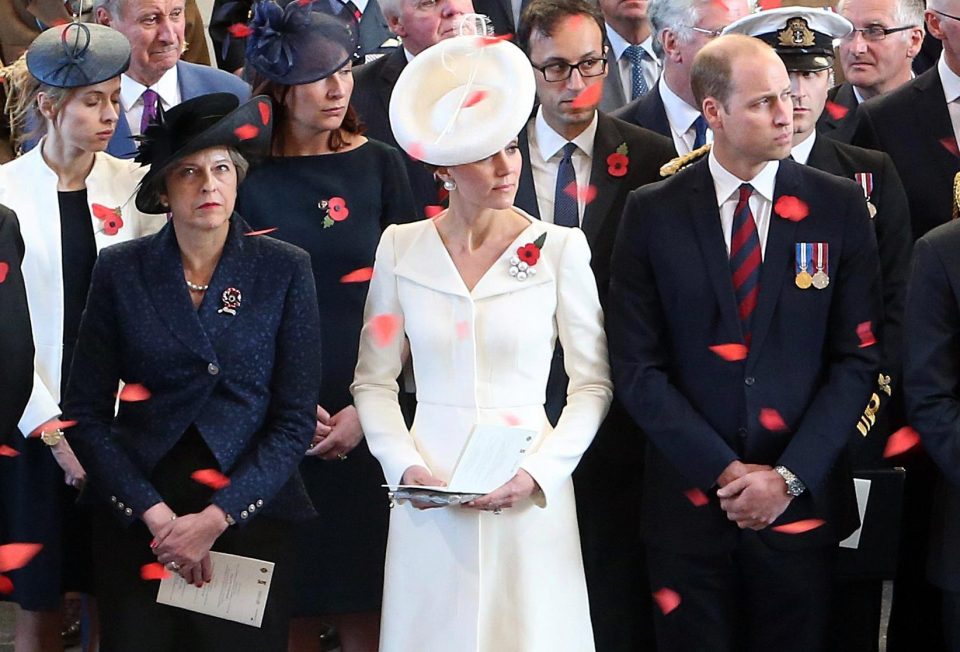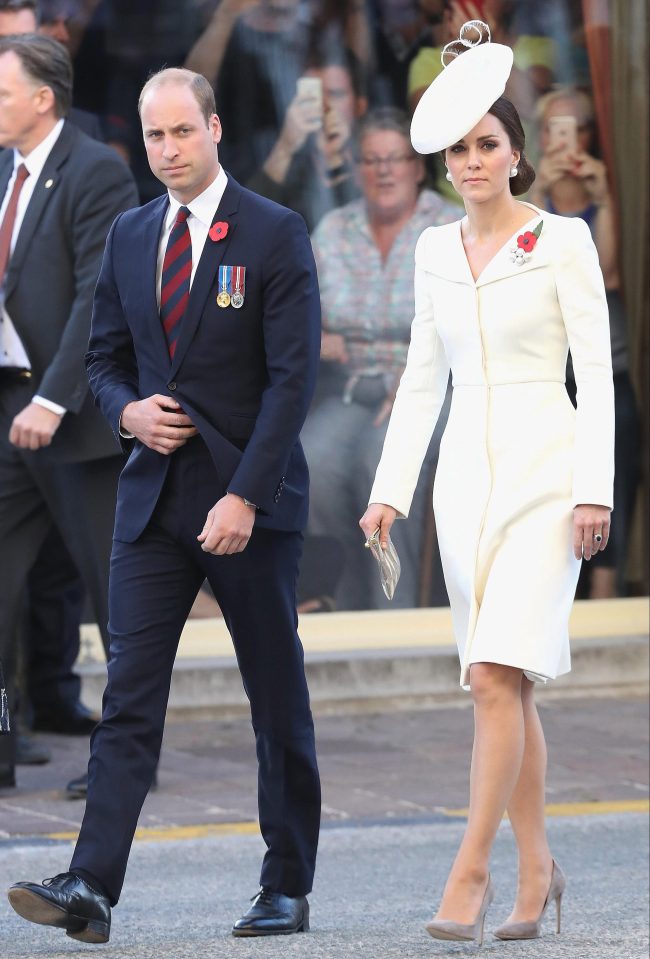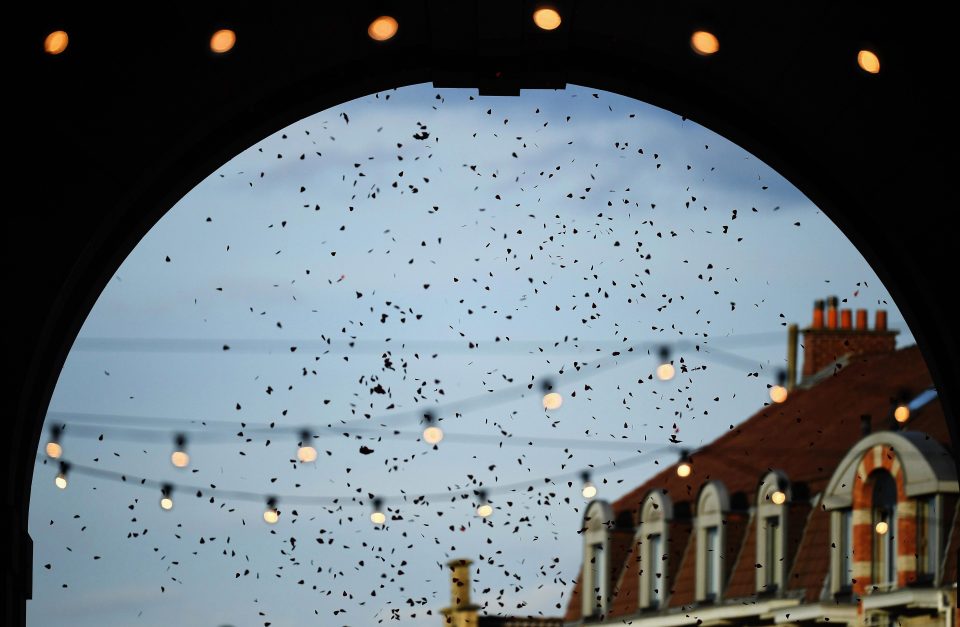How 250,000 British soldiers were slaughtered in the muddy hellhole of Passchendaele – as stunning colour pictures marking its centenary bring horrific battle to life
Launched 100 years ago today, the battle for one tiny Belgian village came to symbolise the 'mud, blood and futility' of The Great War

THE piercing charge whistle ringing in their ears, the first wave of British troops climb out of the rain-drenched trenches of northern Belgium to be met by a shelled-out swamp of muck and misery.
It is 31 July 1917, 100 years ago today, and the impetuous General Haig has ordered an all-out assault to crush the well-fortified German positions on the fields of Flanders.
The Great War had come to a bloody stalemate in the region, and the commander — fresh from a victory that had finally seen Britain make a significant advance after victory at Messines Ridge — was keen to steal a march on the enemy.
Instead of aiming for small and consolidated gains, the General smelled blood and wanted to reach the shores of Belgium swiftly to destroy the German naval bases sending out deadly fleets to disrupt British supply routes.
But the battle he was sending our boys into was one that would later come to epitomise the "mud, blood and futility" of the First World War — the Third Battle of Ypres, better known as Passchendaele.
Captured in these stunning photographs — some colourised in stunning detail for the first time — the desperate conditions suffered by the troops cannot be overestimated.
Atrocious weather had created an almost impassable battlefield marked by deep craters bored into the earth by heavy shelling — more than 4.5 million were fired at German positions in the two weeks before the battle commenced.
No-man's-land, as it was appropriately called, had barely a blade of grass between the frontlines of the British and the Germans.
It's just not conceivable how human beings can exist in such a swamp, let alone fight in it
Airman Gould Lee
Historian Nick Lloyd in his book , recalls the impression the area made on Gould Lee, a pilot with 46 Squadron who flew over the area halfway through the battle.
Seeing a sea of brown desolation punctuated by the white faces of dead men, he said: "I suppose their uniforms are so smothered in mud that they've become part of the landscape.
"It's just not conceivable how human beings can exist in such a swamp, let alone fight in it".
But it was here that for four months between late July and November Haig ordered British soldiers to perform a near-impossible task: traverse the quagmire and overrun the Germans despite their higher ground and supreme fortifications.
Considerations for the human cost for victory appeared to be thrown out of the window for glory in the eyes of King and County.
But this human cost — estimated around a quarter of a million — managed to secure only the negligible gain of Passchendaele Ridge, which was then quickly lost the following Spring.
It is little wonder that exactly a century later, the tragic folly of Passchendaele still resonates.
Commemorations bring royalty, political and military figures from around Europe to bow their heads in respect to the sacrifice made by soldiers in their predecessors' names.
But few commemorations are more stirring than those written on the sombre gravestones at Tyne Cot and other cemeteries devoted to the fallen at Ypres.
As Peter Parker notes in , families were allowed 66 letters for the epitaph of their beloved dead.
Most chose stirring poetry or comforting bible verse, but one chose the closing words from the final letter sent by their lost son: "I’m all right Mother/ Cheerio".
We pay for your stories! Do you have a story for The Sun Online news team? Email us at tips@the-sun.co.uk or call 0207 782 4368 . We pay for videos too. Click here to upload yours.


